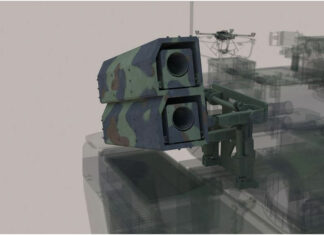

The latest Army-Marine Corps solicitation for the Joint Light Tactical Vehicle (JLTV) replacement of the Humvee isn’t a refinement of the previous approach, it’s a whole new competition. The terms contained in the solicitation rearrange contractor incentives in a way that is likely to lead to the breakup of existing teams while drawing in new commercial bidders. However, in their zeal to trade away performance features for a lower price-tag, the services may have made JLTV almost indistinguishable from an upgraded Humvee.
From the viewpoint of traditional suppliers, the business case for participating has been greatly weakened. First, the target unit cost is reduced to about $250,000, far less than the $350,000 the Government Accountability Office had previously estimated and only about a third more than the projected cost of a recapitalized Humvee. Second, the production objective for the initial contract has been set at a mere 20,000 vehicles produced over eight years (three low-rate, five full-rate), implying a modest level of annual output. Third, the government intends to acquire technical data rights to the winning design up front. And fourth, it proposes to recompete the program after several years of production, leveraging its ownership of the relevant intellectual property to get an even lower unit cost.
What this all adds up to is a relatively unattractive opportunity for traditional military suppliers, because winning bidders could lose their berths on the program before recovering their investment — much less making a profit. In order to win companies will need to bid modest profit margins, and there won’t be much time to break even before the whole program is thrown open to competition again. Incumbents will then need to compete against newcomers who have all of the technical data the incumbent generated in developing the winning design.
Some companies that had been expected to compete may elect not to bid at all under the new rules. On the other hand, commercial truck companies with preexisting lines to which JLTV can be added may see an opportunity to profit by fashioning their own economies of scale. But that possibility will have to be weighed against the danger that the program will be killed the way other recent Army vehicle programs have been, especially given the seeming convergence between JLTV concepts and the recapitalized Humvee. The less capable JLTV becomes, the more rationale there is to forego the program completely and just do a good job on what has come to be called the Humvee Modernized Expanded Capability Vehicle (MECV).
The Analysis was written by Daniel Goure, Ph.D., and published first at Early Warning Blog, Lexington Institute



















